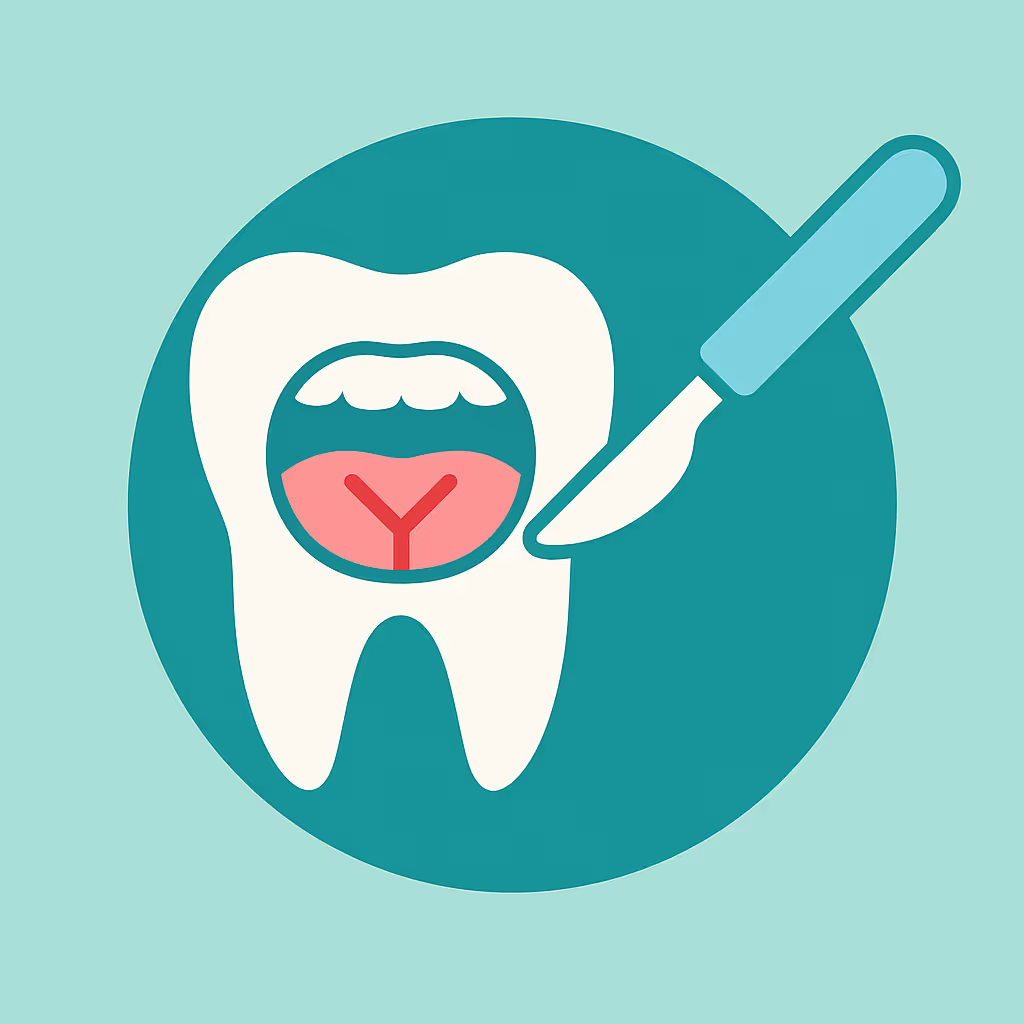Understanding Dental Code D0250
When to Use D0250 dental code
The D0250 dental code is used to report an extra-oral, two-dimensional projection radiographic image created with a stationary radiation source and detector. This code is most appropriate when a dental provider needs a diagnostic image of the jaws, facial bones, or surrounding structures, but does not require a panoramic or intraoral image. Common scenarios include evaluating trauma, pathology, or certain orthodontic and surgical planning cases. Unlike intraoral radiographs, D0250 is specifically for images taken outside the mouth, making it distinct from codes such as D0210 (intraoral-complete series) or D0330 (panoramic radiograph).
Documentation and Clinical Scenarios
Accurate documentation is essential for successful billing and compliance. When using D0250, ensure the patient’s chart clearly states the clinical reason for the extra-oral image, such as assessment of jaw fractures, evaluation of TMJ disorders, or pre-surgical planning. Include the date, type of radiograph, and specific anatomical area imaged. Attach the radiographic image to the patient’s electronic health record (EHR) and note any findings or recommendations based on the image. Detailed documentation supports medical necessity and helps prevent claim denials during insurance audits or appeals.
Insurance Billing Tips
For efficient reimbursement, verify the patient’s dental insurance benefits before performing the procedure. Not all plans routinely cover extra-oral radiographs, so check frequency limitations and preauthorization requirements. When submitting a claim, use the correct CDT code (D0250) and include supporting clinical notes and the radiographic image if requested by the payer. If the claim is denied, review the Explanation of Benefits (EOB) for the denial reason and prepare a thorough appeal with additional documentation if necessary. Successful practices maintain a checklist for radiographic billing, ensuring all required information is included before claim submission to reduce Accounts Receivable (AR) days.
Example Case for D0250
Consider a patient who presents with facial swelling and pain after a sports injury. The dentist determines that an extra-oral, 2D projection is needed to evaluate for possible mandibular fracture. The clinical note documents the trauma, rationale for the radiograph, and findings. The billing team verifies insurance coverage for D0250, submits the claim with the image and supporting notes, and receives payment without delay. This workflow demonstrates best practices in documentation, insurance verification, and claim submission for D0250.





